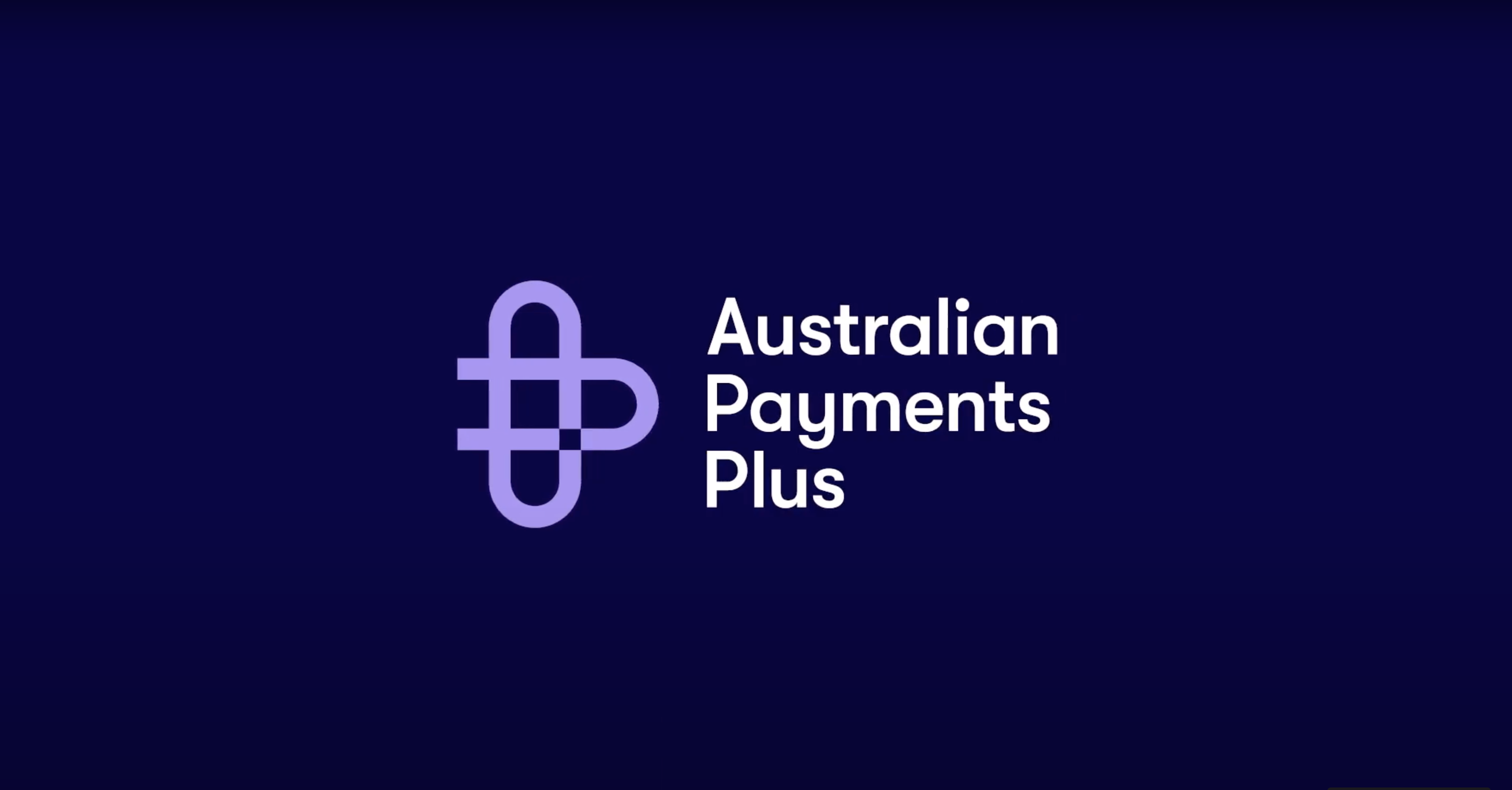If you’ve done any of the below at any point, don’t worry. You are part of the vast majority of companies that have, in some small or big way, unwittingly sabotaged their own media results.
The good news is hopefully once you’ve read this you’ll never do any of these things in the future.
Take a deep, zen-like and non-defensive breath, and read on about what NOT to do if you want to generate repeatable tier-1 media results.

1. Announce your news on social media (or trade press) before it hits tier-1
We get it. You’re excited. But this is where a bit of “strategic patience” will pay dividends.
Because tier-1 journalists run on scoops and breaking, never-before-heard-of stories. Once something is not “new”, it’s no longer “news”.
Think of the marshmallow experiment. A small child who can resist eating one marshmallow now, will instead get two marshmallows if they wait a few minutes before acquiescing to their craving for that sweet, sweet sugar hit.
Problematic notions of socio-economic status related to that experiment aside, the lesson here is pretty simple.
Delayed gratification will result in a bigger reward.
This is the same with media results.
Getting stories placed in tier-1 media requires working with the editorial pipeline of important and very busy journalists. Sometimes these pipelines are extremely full. And sometimes your story is not quite as important as you may think.
There is an extremely limited number of tier-1 journalists likely to cover your beat (“topic” or “industry” in journo speak). So it is highly recommended that you wait the days, weeks, or sometimes even months required for your first choice journo to run your story.
But a surefire way of killing any hope of this occurring is to let the news out first on LinkedIn or in a trade publication.
The tier-1 journalist will see the leaked news, and blow off your story faster than a small child can ask “can I have my marshmallow yet?”.
If a 4-year-old can wait for a bigger reward, we believe you can too. You will thank us when you are sending the tier-1 PDF clipping to investors (and maybe even your mum).
2. Let your brokers or investors leak your story
Brokers are great at hustling and raising capital. They also seem to particularly relish dropping every little detail about your company into Street Talk in the AFR to get their name up in lights.
They’ll also send your pre-IPO or IPO deal sheet out to a large group of potential investors. Many investors also seem to like ingratiating themselves to the AFR.
Getting a story through a channel like this might sound easy when every broker in town will tell you they have XYZ journalist on speed dial. But it is the art of withholding sensitive or risky information and placing the right strategic story at the right time, saying only the right things, that will get you the best results over a longer term.
A cavalier approach to media is far too often tolerated, and sometimes even encouraged, if the client thinks they are getting a “free media story” because their PR team doesn’t do the pitching.
Yet time and time again we’ve watched these stories come back to haunt companies when capital raising amounts, valuations, milestones, deadlines, and/or timelines are not reached.
Suddenly the PR team with their professional communications skills and deep media relationships are brought back in on damage control, to clean up the mess and run ongoing crisis communications.
Empower your PR team to control the flow of sensitive information in situations like this ahead of time, and you may avoid a lot of this pain in the first place.
3. Pressure your PR team to ignore journalists’ wishes
The fastest way to irritate a journalist and destroy an otherwise potentially great story is to not listen when a journalist communicates what they need to get the story across the line.
You need us to hold on for two more weeks? Yes, boss.
You require extra figures otherwise our credibility probably won’t be established with your editor? Right away, ma’am.
You like the story, but it’s not big enough on its own and its only chance of running is to be absorbed into a bigger industry feature alongside our competitors? Thank you so much for finding a way to make this happen for us at all, sir.
Don’t get us wrong. We want the big, splashy, instantaneous result too. But we also know when it is and isn’t possible.
Trust your PR team when they advise working with, not against, any particular journalist and their wishes. Even if the outcome is not quite what you were expecting or hoping for.
4. Try to dictate literally anything to journalists
Let’s take this idea one step further.
We love the relationships we hold with our journalist contacts. This is because we trust them to do a great job of accurately informing their audiences of relevant industry news and information. Because that is their job.
Their job is not to do your company’s marketing for you, or to paint you in a perfectly pristine light.
Your PR team will of course do its utmost to provide journalists with all of the information about your announcement as clearly and positively as possible.
But if the truth isn’t 100 per cent positive, and the journalist chooses to communicate this – so long as it’s not deliberately misleading or outright inaccurate for the sake of clicks – then that is the journalist’s prerogative.
We need our media to act as a fully-functioning fourth estate in order to enjoy a healthy and robust democracy. This is bigger than us, people.
This means that yes, we can ask for a correction in the case of a factual inaccuracy, like a number that’s had an extra “0” added or forgotten.
But no – we will not request that they change any inconvenient positioning, the comments of a competitor, or a fact that is true but which you wish they hadn’t found out.
And don’t even get us started on asking for corrections to meaningless typos. They don’t matter and journalists are busy. Please chill.
5. Expect amazing media outcomes to happen immediately
Let me tell you about a little story called “The dickening”.
In 2017, the late John McAfee publicly promised that if the price of bitcoin did not surpass $1 million by 31 December 2020, he would eat his own dick on national television.
This statement resulted in massive global coverage across tier-1 media, almost immediately.
So when clients ask if we can “get them into the AFR this week”, we often think back to McAfee and chuckle. Our response is along the lines of “sure, but you may not like what you have to do to get major media interested in you that quickly”.
We do understand that if you’ve chosen an agency that bills by hours worked, not results achieved, you might be more anxious about timing too. And we all need accountability.
But we, at least at Third Hemisphere, do not work on hours billed. We keep ourselves accountable on results achieved.
So pressuring or riding a PR firm like ours will not “inspire” them to generate better results faster.
Your PR team will be working strategically and taking into consideration things outside of its control that impede or delay results, such as bushfires, pandemics, reporting season, or simply that the preferred journo is on leave for a week.
Applying unnecessary pressure or pushing your own stress onto your PR firm will not change the reality of any of this. And it may even result in your PR firm firing you.
6. Be the bottleneck
Have we mentioned that timing is super critical to PR success?
Your PR team often needs to take advantage of small windows of opportunity for stories, giving consideration to the timeliness of the topic, or avoiding predictable black holes like reporting season which consumes every business journalist each February and August.
So it’s incredibly unproductive for the PR team to wait a week or more to receive essential information or approvals that are needed to move campaigns forward, only to be asked “Why haven’t we gotten any media yet?”.
It’s an unavoidable fact that media engagement requires time and input from the client for the best results.
So if you think you may become a bottleneck, communicate this as early as possible.
It may be possible for your PR team to devise another way forward or take some of the work from your shoulders.
7. Keep secrets from your PR team.
Your PR team should never be blindsided by news on your company appearing in the media, whether it be positive or negative.
And the only way to avoid this is to keep them across everything you are doing that could potentially be in the news, all the time.
Very few things open up more risk of journalists writing negative stories than them knowing something juicy before your PR team does.
You actually want your PR team to have so much confidential information that they can speak to journalists with a quiet but deep confidence at all times. You even want them to have conversations you can’t or don’t want to know about.
This allows the PR team to give unofficial backgrounding on your company (100% off the record) that can mitigate or prevent negative stories, and set up relationships and positive interest well into the future.
Allowing your PR team to be blindsided by a journalist will directly hurt these “in confidence” relationships, and result in journalists trusting your PR team far less. This could also lead journalists to seek out other sources of information on you – such as your competitors.
So tell your PR team everything – especially the uncomfortable and risky stuff. They’ve signed an NDA, and their reputation is staked almost as much as yours on positioning you in a highly positive light.
8. Mistake your media strategy for marketing
A news story in a national newspaper might create leads. Or it might not. There’s a reason “new sales” is not a common KPI offered up by most (if any) PR agencies.
PR is about creating a reputation and confidence in your brand that allows it to be believed in by investors, staff, potential and current partners and, yes, customers.
One of the best measures of success in technology and finance PR is that these stakeholders know about and understand your business before you’ve even met them.
But treating tier-1 news media like a marketing channel is a great way to alienate the media, while deeply frustrating your PR team.
If you want ROI based on CPA, buy an ad.
9. “Correct” your PR team’s grammar
Your PR team is composed of professional writers who know what their target journalist requires. They also know the difference between an adverb, adjective, and an adverbial.
You are the talent. So be the talent.
Focus on correcting factual inaccuracies or technical industry language that hasn’t quite hit the mark according to you, the expert in the thing you do.
Bonus points if you can stop your legal or compliance team from nitpicking syntax unnecessarily too.
We want to ensure it’s compliant with ASIC, Bob-from-legal, not get your take on whether you think ‘that’ or ‘which’ is the correct word in a particular clause.
10. Undervalue strategic news media
Over the past decade alone, we’ve seen newsrooms dwindle, entire publications shut down, and droves of journalists switching sides to try their hand at content writing or PR.
Dwindling advertising revenue is also increasing the temptation for journalists and editors to publish clickbait headlines.
This means every genuine positive news article in tier-1 media has significantly increased in value, especially when they can have a material influence over your valuation or be the cause of a multi-million dollar opportunity.
And sometimes getting a story may appear easy, but so many people underestimate the real commercial and reputational damage that can be caused by saying a few wrong words.
Don’t nickel and dime something that could make or break your company.
You’ve been warned!










